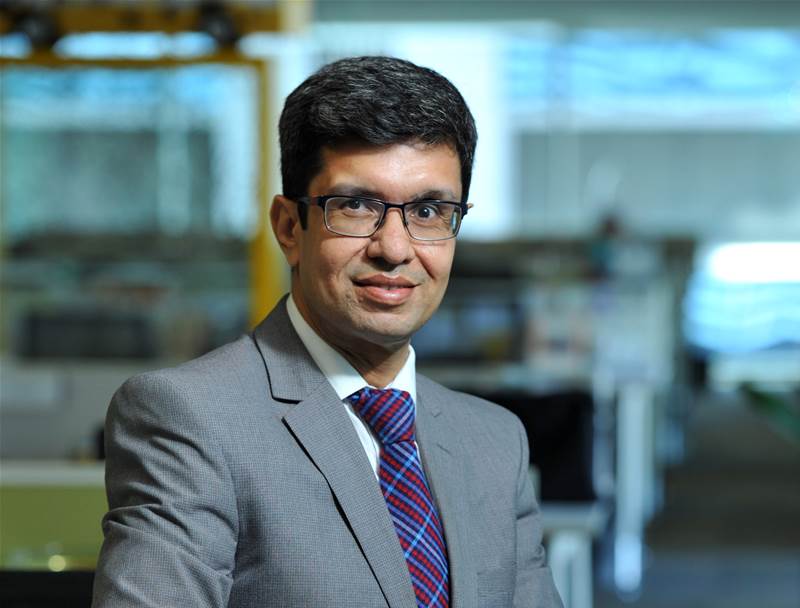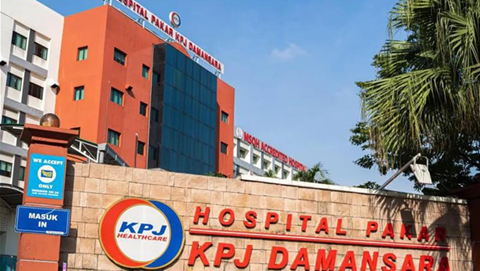The mainframe remains a critical component in the IT ecosystem for many enterprises, whether in-house, outsourced to a global service provider (GSP), or in zCloud. Some might argue that centralising complexity and distributing simplicity, which is the fundamental premise of pervasive computing, has been the defining symbol of mainframes.
It is quite fascinating that cloud computing as a concept is very similar to mainframes in nature. Thus, centralising the management and processes liberates the users of technology from the complexity of running, managing and upgrading mainframes. Yet, the market is experiencing a shift and mainframe infrastructure support has arrived at a generational pass-of-the-torch.
The most seasoned mainframe professionals are reaching an inflection point in their careers, in which they will no longer be participating in the daily workforce. The problem? There is no cohort of fully experienced mainframe experts waiting readily in the wings. While every generational shift can introduce societal challenges, it can also open doors for newer opportunities, in this case, employment opportunities in a far less competitive skill marketplace.
In the mainframe world, this is a well-known generational gap. The seasoned mainframe professionals approaching retirement have decades of work experience and training but have lacked next-generation professionals to pass on that expertise.
In other technology areas—networking, regional database management system (RDBMS) database administrators (DBA), etc.—there would be another generation of seasoned and emerging talents between the ages of 35-50, ready to take over.
However, that cohort came up in the era of the client server, so those jobs attracted the bulk of the talent. Today, they are proficient on legacy client servers and perhaps the cloud, but not the mainframe.
As a result, there is a trough in potential mainframe professionals to step in to vacant positions. However, the mainframe is not going away. It is still the backbone for several industries, from travel to banking to logistics—so the gap must be bridged. As they say in physics, “nature abhors a vacuum.”
The Mainframe Opportunity
Many emerging IT professionals have identified the mainframe’s generational gap and see it as an opportunity. For example, on a recent customer visit, I met a young professional at a regional bank in Singapore.
He had graduated college with an IT degree—including coursework in web services, Java and cloud—and chose to become a systems programmer for the mainframe.
Working at the bank, the young man recognised that the mainframe is exciting—it is a tremendously powerful platform and performs everything he learned in his academic work; it runs Java, dispatches webpages, has TCP/IP connections and more.
- Kaushik Bagchi is Vice President – Information Management, Asia Pacific, ASG Technologies
The young IT expert also noticed that the seasoned mainframe professionals were retiring. He saw the chance to become very valuable because the mainframe runs the most important programs and applications at the bank, and if he excelled, he would receive good compensation, have job security and the chance to work on exciting projects.
When I participate in conferences, I keep hearing stories like this one, and it gives me reassurance. After college, young IT professionals are realising they could be one of ten thousand graduates trying to get a position at a new wave technology start-up or web services provider—or they could be one of ten IT talents who have contemporary skills and mainframe competence applying for well-compensated, open mainframe positions.
Even so, it is on the organisation to attract, retain and leverage emerging mainframe professionals. This may require a few changes—from the tools, utilities and applications they use, to having a work-life balance within the organisation.
Modern Mainframe Expectations
Emerging talents come to mainframe opportunities with a different set of expectations. Seasoned mainframe professionals are used to being chained to a desk, working with a 3270 mainframe emulator, and using PF function keys to page up and down.
The new generation, on the other hand, grew up expecting a different experience when engaging with technology. To meet modern needs, enterprises must provide:
- A graphical user interface that is friendly and easy to adopt
- Availability anytime, anywhere, so employees can work outside normal business hours
- Mobility, so employees can work from a laptop, phone or tablet, and the user interface will conform itself to perform on any platform
To deliver on these demands, enterprises must adopt mainframe tools that offer modernised interfaces, mobilised availability and externalised data through publicly documented APIs.
What’s more, these APIs must be regular and familiar—like the APIs exposed from modern applications and cloud services—so mainframe content can be integrated into dashboards or control consoles as if it were being dispatched from a window server or cloud server.
With system capabilities that match the changing needs of the business, organisations can ensure they are set up for the future of the mainframe—with the right tools and the right people.
It is said that nature abhors a vacuum, and the generation gap in the mainframe world is creating a skill gap in a world where people are desperately looking for engaging technology-related employment. With the right modernisation strategy and focus, the industry can help bridge the gap and convert this challenge into a great opportunity for both the clients and the new generation of IT professionals.
Kaushik Bagchi is Vice President – Information Management, Asia Pacific, ASG Technologies









